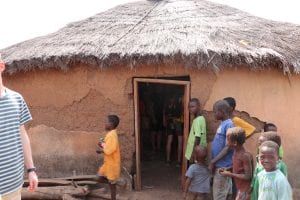We started our beautiful day off at 6:30 am and headed to breakfast at Miliki Mikuul. We had a delicious bread and egg dish along with beans, oats, and a hot drink. Yoonaa’s Palace was our next stop. It was important to pay respect to the chief as we passed through Savelugu town to Sakpulgu’s Slave Market.
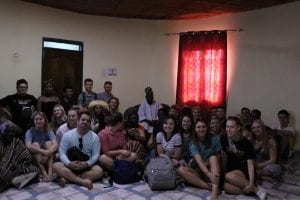
After we acknowledged the chief, we started our journey to Sakpulgu’s Slave Market.
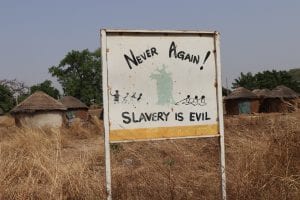
There we met another chief, the chief of Saakpuli. His palace was under renovation. As courtesy will require us, we made a token donation.
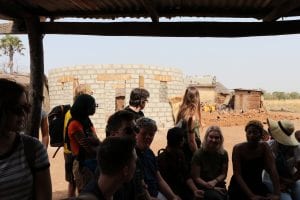
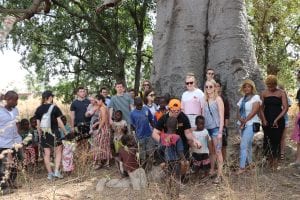
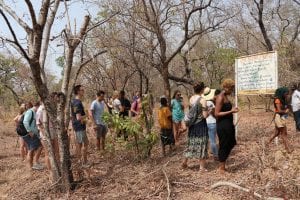
We were honored that we had come to learn about the history of the village. The town used to be very big one but turned into a trading port for enslaved people. There ended up being a lot of internal conflict that dispersed the people of the village. During this meeting, Anna N. became the chief’s wife and the leader of the women and Chris became the chief’s best friend.
The town was a slave market but due to the internal conflict and external attacks it got ruined. The slave past had remained with Saakpuli. Located just a few kilometers from the Savelugu, the district capital, Saakpulgu has ko public school since time. And many children were seen just loitering around.
An NGO has helped built a few classrooms the roof of which is now ripped off. All calls to to Member of Parliament has fallen on death ears. Two teachers, not on government payroll, used to teach at the now defunct two classroom school but now they are just teaching their own children at night.
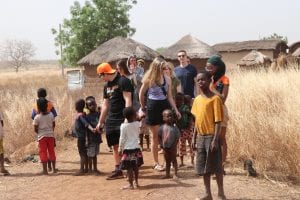
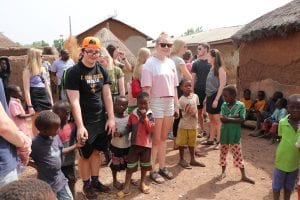
There were many children in the village and it was 11:30 in the morning. They have been pleading for years now for NGO’s to come help but no one has been coming to help them. They asked us to please talk to the Ghanaian NGO’s and even our government to see if they could help in any way.
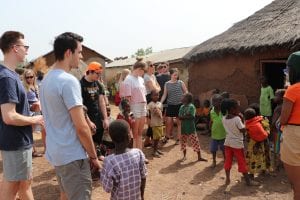
With all the chidden holding our hands, we made our way to the famous point where enslaved people were sold. In the roots of the tree, there were holes with nuts used as currency.
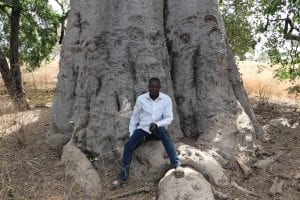
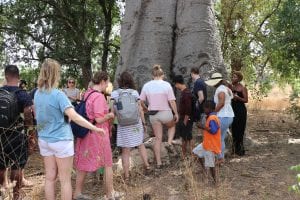
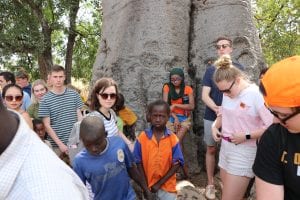
You would have the fill the hole up with cowry shells if the enslaved person was worth a lot. The roots also had holes where the enslaved people were chained. There was a nearby shack where the slaves would sleep at night. We learned that the enslaved people were caught by people stalking them on their farms. The strongest person was kidnapped and taken to the king.
We got to visit the local museum that was built with mud and straw. Inside the museum were artifacts of bowls, rings, shackles, and other things.
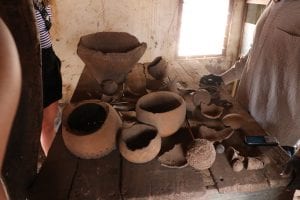
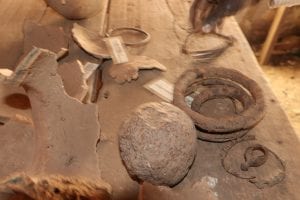
The supposed museum is in disrepair and not fit for human habitation. We had to enter in threes to avoid upsetting the structure.
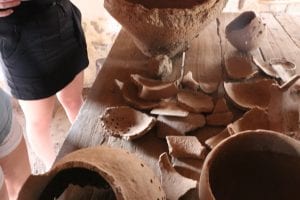
During this time, we learned some sentences in the local language to ask the children their names and their ages. They were very sweet and shy, but eventually warmed up to us.
We then made our way to the wells down a long road. It took about 20 minutes to walk each way and it was very hot.
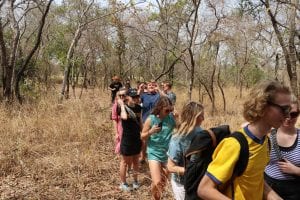
All of the wells were dried up. There used to be many people that visited the wells, but now barely anyone comes to see them and they are no longer labelled so only locals will know where to find the wells.
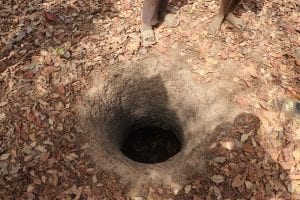
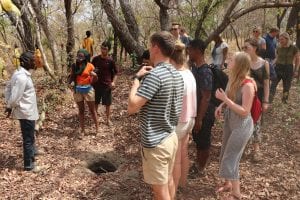
We walked back and got on the bus and made our way back to Tamale.

